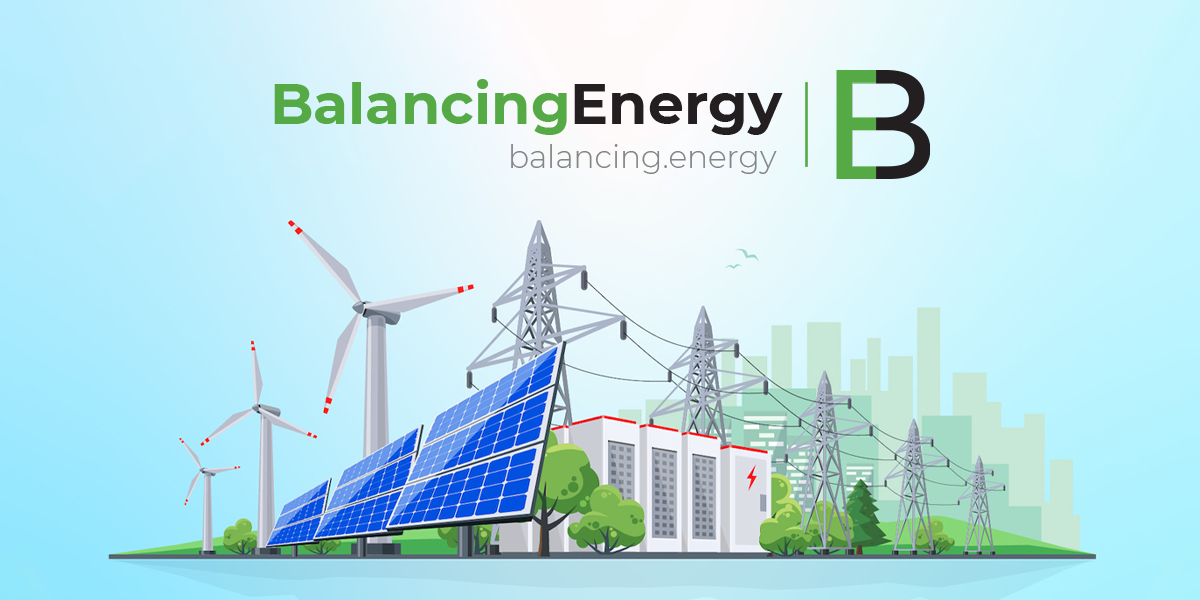Renewable energy developer Notus Energy is making significant strides in Southeast Europe following the successful establishment of Kosovo’s* largest wind farm. The company is exploring further opportunities in the Western Balkans, focusing on wind energy, according to Rico Koch, head of Notus Europe, in a bne IntelliNews interview.
Notus, renowned for constructing renewable energy plants and acting as an independent power producer (IPP), has made a mark in Western and Emerging Europe, and Latin America. In Kosovo*, it has built the Selac wind farm near Bajgora village, the country’s largest and one of the biggest in the region.
Operational since March 2022, the Selac wind farm, with a capacity of over 103 MW, provides electricity to more than 100,000 households, accounting for up to 10% of Kosovo’s* electricity consumption. The project, a joint venture with Israeli company Enlight Renewable Energy and local Kosovan partners, was developed by Sowi Kosovo.
The construction of the wind farm, located at altitudes up to 1,800 metres, presented unique challenges, particularly in transporting turbines via Durres port in Albania.
Guri Shkodra, Notus’ Kosovo* country manager, highlights the project’s significance for a country reliant on energy imports and facing winter electricity shortages. Emphasizing the project’s role in Kosovo’s decarbonization and energy transition, Shkodra underlines the project’s contribution to reducing CO2 emissions in a lignite-dependent country.
With the wind farm’s success, Notus is broadening its horizons in the Balkans, with investments in Bosnia, North Macedonia, Albania, and further opportunities in Kosovo. The company’s focus remains predominantly on wind energy due to its higher knowledge, experience, and investment requirements, setting it apart from the more crowded solar sector.
This expansion aligns with regional trends, as many coal-dependent Balkan countries are increasing their renewable capacity. Kosovo’s* 2023 energy strategy aims for 1,400 GW of renewable electricity capacity by 2031, split between solar and wind. However, Shkodra notes the ambitious nature of this target, considering the seven-year timeline to complete the Selac project and the higher investments required for wind energy development in the country’s higher altitudes.










